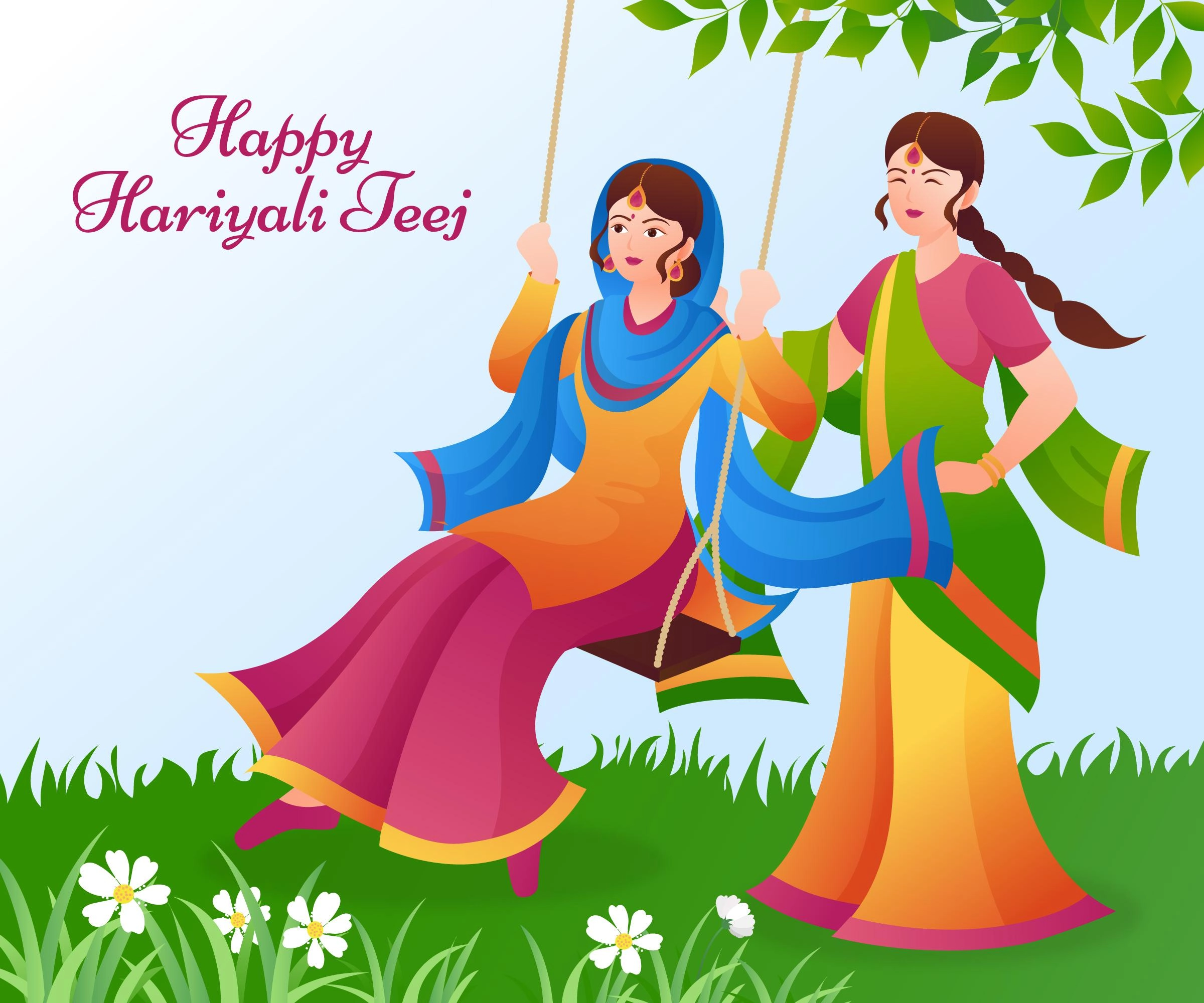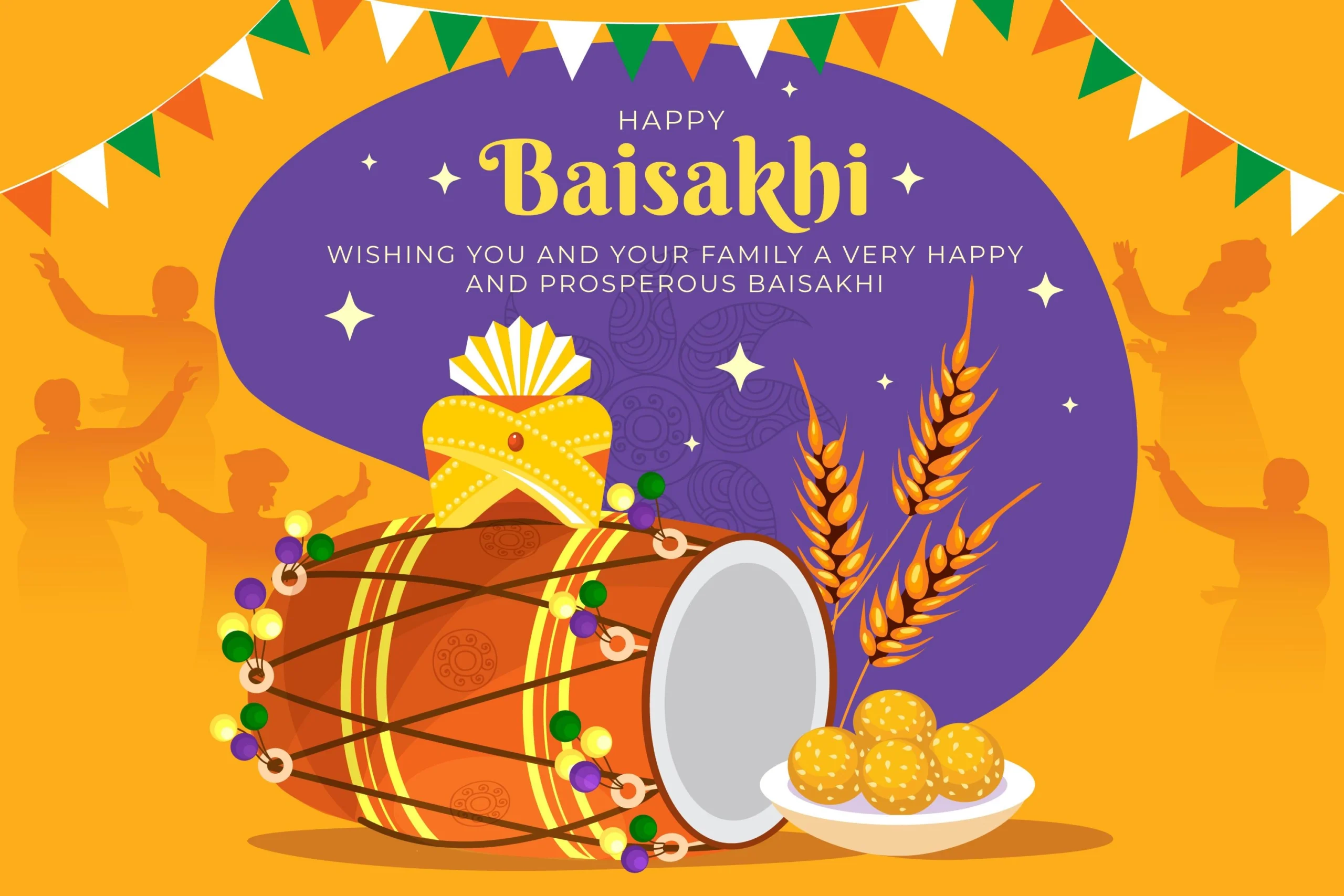Introduction
Raksha Bandhan, also known as Rakhi, is one of the most cherished festivals in India. Celebrated with great enthusiasm and joy, this festival honors the bond between brothers and sisters. The term “Raksha Bandhan” translates to “the bond of protection,” reflecting the essence of this beautiful celebration. This article will guide you through the various aspects of Raksha Bandhan, including its history, rituals, and the cultural significance it holds.
The History and Significance of Raksha Bandhan
Historical Background
The origins of Raksha Bandhan can be traced back to ancient Indian mythology and history. One popular legend is from the Mahabharata, where Draupadi tied a piece of her saree around Lord Krishna’s wrist to stop his bleeding. Touched by her gesture, Krishna promised to protect her. Another legend involves Queen Karnavati of Mewar, who sent a Rakhi to Emperor Humayun, seeking his protection against invaders.
Cultural Significance
Raksha Bandhan transcends the boundaries of religion, caste, and creed, symbolizing unity and love. It reinforces the bond between siblings, emphasizing the brother’s duty to protect his sister and the sister’s prayer for her brother’s well-being. This festival also serves as a reminder of the values of love, care, and mutual respect within the family.
Preparations for Raksha Bandhan
Choosing the Perfect Rakhi
Rakhis come in various designs, from simple threads to elaborate ones adorned with beads, stones, and motifs. Sisters often spend considerable time selecting the perfect Rakhi that reflects their love and affection. Some popular types include:
- Traditional Rakhis: Made of silk thread, these rakhis often feature intricate designs and embellishments.
- Designer Rakhis: These are modern and trendy, often incorporating materials like pearls, gold, and silver.
- Eco-friendly Rakhis: Made from sustainable materials, these rakhis are gaining popularity among environmentally conscious individuals.
Gifts for Raksha Bandhan
Gifts play a significant role in Raksha Bandhan. Brothers and sisters exchange gifts as a token of their love and appreciation. Popular gift ideas include:
- For Sisters: Jewelry, clothing, accessories, books, or personalized items.
- For Brothers: Watches, gadgets, grooming kits, or hobby-related items.
Preparing the Rakhi Thali
The Rakhi Thali is an essential part of the Raksha Bandhan ceremony. It typically includes:
- Rakhi: The sacred thread to be tied on the brother’s wrist.
- Roli and Chawal: Red vermillion and rice used for tilak.
- Diya: A small lamp to symbolize light and positivity.
- Sweets: Traditional Indian sweets like laddoos, barfis, or chocolates.
The Raksha Bandhan Ceremony
The Rituals
The Raksha Bandhan ceremony is a simple yet profound ritual that strengthens the bond between siblings. The key steps include:
- Tilak Ceremony: The sister applies a tilak (vermilion mark) on her brother’s forehead and sprinkles rice over it. This is a symbolic act of blessing and protection.
- Tying the Rakhi: The sister ties the Rakhi around her brother’s wrist, signifying her love and prayers for his well-being.
- Exchange of Sweets: They exchange sweets, symbolizing the sweetness of their relationship.
- Gift Exchange: The brother gives his sister a gift, promising to protect her always.
Celebrations Across India
Raksha Bandhan is celebrated with varying customs and traditions across different regions of India. For instance:
- North India: The festival is celebrated with grandeur, involving large family gatherings and elaborate feasts.
- West Bengal: Known as Jhulan Purnima, it coincides with the festival of Jhulan Yatra, dedicated to Lord Krishna and Radha.
- Maharashtra: Sisters also tie rakhis to their sisters-in-law, known as “Nariyal Purnima,” which marks the beginning of the fishing season.
- Gujarat: The festival also involves tying rakhis to deities and priests.
Modern-Day Raksha Bandhan
Celebrating Virtually
In today’s digital age, geographical distances no longer hinder the celebration of Raksha Bandhan. Virtual celebrations have become common, allowing siblings to connect through video calls and send rakhis and gifts online. This modern adaptation ensures that the essence of the festival remains intact despite physical distances.
Eco-friendly Celebrations
With growing environmental awareness, many people are opting for eco-friendly ways to celebrate Raksha Bandhan. Using sustainable materials for rakhis, minimizing waste, and opting for digital greetings over paper cards are some ways to make the festival more environmentally friendly.
Inclusivity in Raksha Bandhan
Raksha Bandhan is evolving to include a broader range of relationships. Today, it’s not uncommon to see friends, cousins, and even colleagues tying rakhis to one another, celebrating the bond of protection and care that transcends traditional sibling relationships.
Conclusion
Raksha Bandhan is a festival that beautifully encapsulates the bond of love, protection, and respect between siblings. Its rich history, cultural significance, and evolving traditions make it a celebration that resonates with people of all ages. Whether through traditional rituals or modern adaptations, Raksha Bandhan continues to be a cherished occasion that brings families together, fostering love and unity.
As you prepare to celebrate Raksha Bandhan, remember to embrace the spirit of the festival by cherishing your loved ones and honoring the values of protection and care. Whether near or far, the bond of Raksha Bandhan will always remain strong, symbolizing the timeless connection between brothers and sisters.


